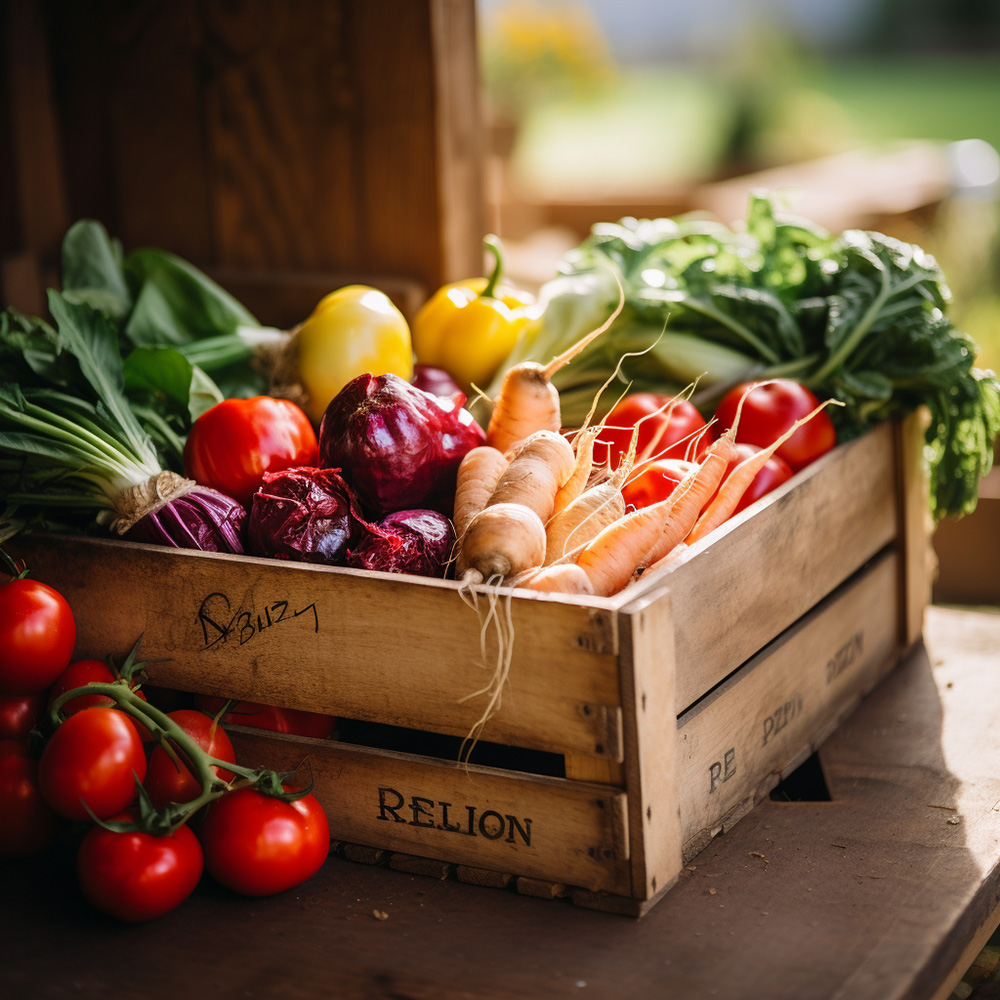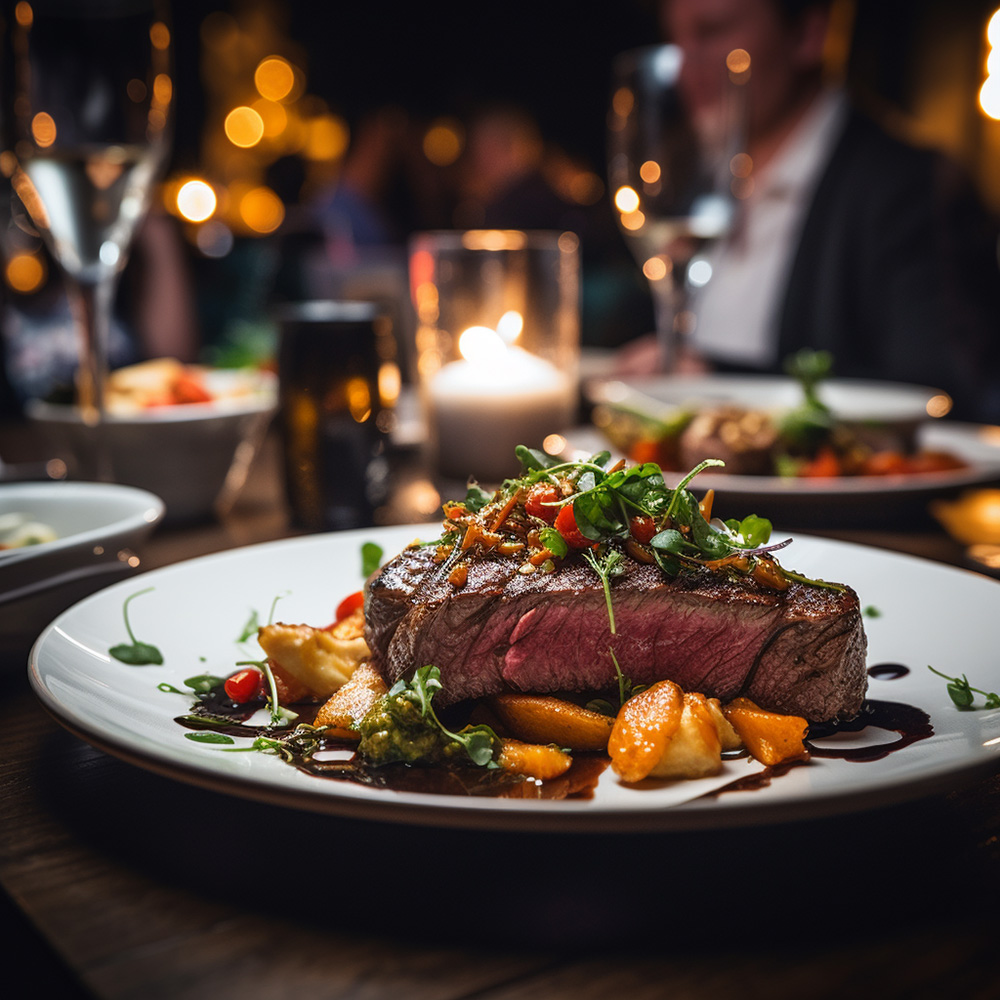
Food Cost Formula: A Comprehensive Guide to Managing Your Restaurant's Finances

Now we all know that running a bar or restaurant business isn't a walk in the park. One of the biggest challenges we face is managing our finances effectively. That's where understanding how to calculate a food cost formula comes to the rescue! In this article, we'll dive into the nitty-gritty details of the food cost formula and discover how it can help us maintain profitability and success in the competitive restaurant industry.

What is the Basic Formula for Food Cost Percentage?
Food cost percentage is a metric used in the food service industry to measure the cost of food as a percentage of its sales price. It's a helpful metric to see if restaurants, bars or cafes are making enough dough and running efficiently. Now, there's more than one way to crunch those numbers and get the food cost percentage. Here are three popular methods:
- Basic Food Cost Percentage Formula: Food Cost Percentage = (Cost of Food / Sales Price) x 100
In this method, you calculate the cost of the food used in a specific dish or menu item and divide it by the selling price of that item. Then, multiply the result by 100 to get the percentage. - Beginning and Ending Inventory Method: Food Cost Percentage = ((Opening Inventory + Purchases) - Closing Inventory) / Food Sales) x 100
This method involves considering the value of inventory at the beginning and end of a specific period (e.g., weekly or monthly). You calculate the total value of food purchases during that period, add it to the opening inventory value, and subtract the value of the closing inventory. Then, divide the result by food sales and multiply by 100 to get the percentage. - Cost of Goods Sold (COGS) Method: Food Cost Percentage = (COGS / Food Sales) x 100
The COGS method requires more detailed financial information, such as the cost of food purchases, cost of ingredients used and other direct costs associated with food production. COGS represents the total cost of all items sold during a specific period. Divide the COGS by the total food sales and multiply by 100 to obtain the food cost percentage.
For more in depth food cost calculations, read our article on ‘How to Calculate Food Costs’.

Calculating Food Cost Percentage
In this part, we're going to show you how to use those three food cost formulas we talked about earlier. These formulas are gonna help you figure out the actual food cost percentage, so you know if you're on track or if you need to make some changes.
Basic Food Cost Percentage Formula: Let's say you're running a restaurant, and one of your signature dishes costs $8 to make. You sell it for $20.
To calculate the food cost percentage using the basic formula:
Food Cost Percentage = (Cost of Food / Selling Price) x 100
Food Cost Percentage = ($8 / $20) x 100 = 40%
So, the food cost percentage for that dish is 40%.
This means that 40% of the money we make from selling that dish goes toward covering the ingredient costs.
Beginning and Ending Inventory Method: Imagine you're managing a cafe, and you want to calculate the food cost percentage for the month of May. At the beginning of the month, your food inventory is valued at $2,000. Throughout the month, you purchase additional ingredients worth $3,000. By the end of May, the value of your remaining inventory is $1,500. Your total food sales for May amount to $10,000. To calculate the food cost percentage:
Food Cost Percentage = ((Opening Inventory + Purchases) - Closing Inventory) / Food Sales) x 100
Food Cost Percentage = (($2,000 + $3,000) - $1,500) / $10,000) x 100 = 45%
So, the food cost percentage for the month of May is 45%. By calculating food cost percentage using the beginning and ending inventory method, you can see how much of your total food sales is spent on ingredients. This gives you a clear picture of how effectively you're using your inventory and whether there are any discrepancies or inefficiencies. It helps you identify if you're overstocking or under-stocking and ultimately allows you to make adjustments to improve profitability.
Cost of Goods Sold (COGS) Method: Let's say you own a food truck and you want to calculate the food cost percentage for a particular week. During that week, your food purchases cost $1,200, and other direct costs like packaging and ingredients add up to $300. Your total food sales for the week amount to $3,500. To calculate the food cost percentage:
Food Cost Percentage = (COGS / Food Sales) x 100 Food Cost Percentage = (($1,200 + $300) / $3,500) x 100 = 40%
So, the food cost percentage for that week is 40%. Using the COGS method, you factor in not only the cost of your food purchases but also other direct costs like packaging and ingredients. The resulting food cost percentage, which is 40% in our example, shows you the proportion of your food sales that goes into covering those costs. This calculation helps you understand if your pricing strategy is on point and if you're maintaining a healthy profit margin. It's a crucial metric for monitoring the financial health of your food truck and making informed decisions to maximise your profits.
In addition to food cost percentage, there are also gross profit, Cost of Goods Sold (COGS) and menu mix which you should consider when running a restaurant or bar business. A food cost calculator can make dealing with these calculations a breeze. Read up on how a food cost calculator can assist your business.
The Importance of Food Cost Control
Using food cost control measures can save your business money and bring in more profits without needing to make more sales!
When our food costs get out of hand, it can seriously dent our financial health. At the same time, by reducing costs across your menu, even by a few cents each dish you can improve your profits in the long run. Accurate pricing and portion control are crucial to ensure we don't end up dishing out more money than we're making. It gives your staff accountability to manage costs and keep them inline with your forecasts.
See how Loaded can work for your business
If you’ve never seen Loaded in action, jump over and book a demo with us. 30 minutes is all we’ll need to show you the magic!

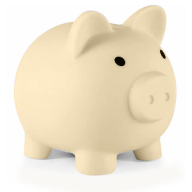
More Profit
Making money doesn’t happen by accident! Learn how to tune your business and improve your bottom-line.

More Success Stories
Get inspired by stories from real Loaded customers who run thriving hospitality businesses.

More Labour
Get tips for optimising your staff’s time, and for managing your team effectively.

More Culture
Making money doesn’t happen by accident! Learn how to tune your business and improve your bottom-line.

More Design
Making money doesn’t happen by accident! Learn how to tune your business and improve your bottom-line.

More Design
Making money doesn’t happen by accident! Learn how to tune your business and improve your bottom-line.
The Best (and Free) Profit and Loss Template for Hospo Groups
This free guide to Financial Management is based on proven formulas and insight that can help drive results in your business.
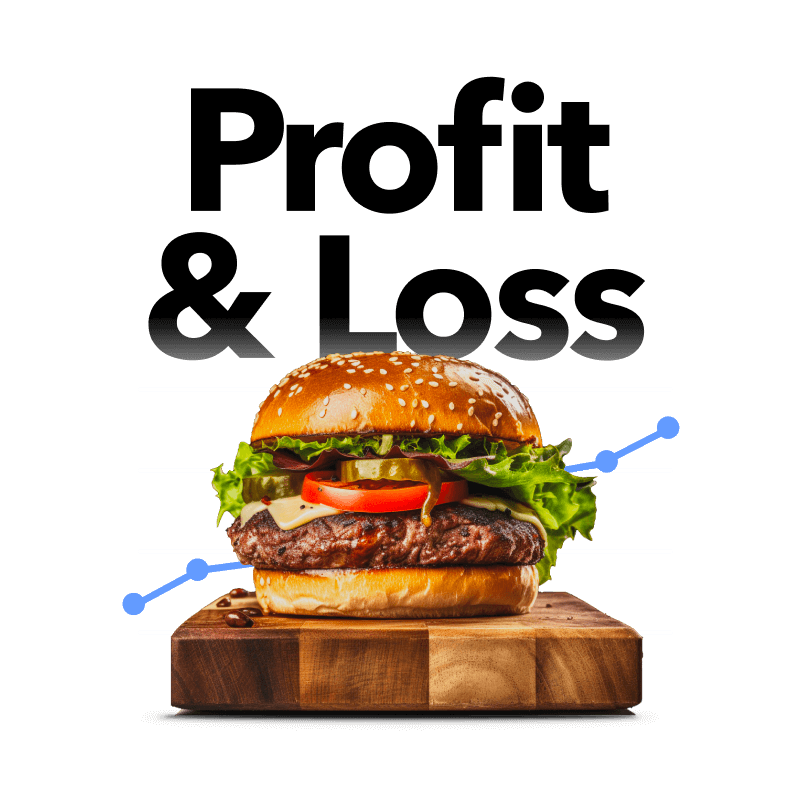
See how Loaded can work for your business
If you’ve never seen Loaded in action, jump over and book a demo with us. 30 minutes is all we’ll need to show you the magic!


More Design
Making money doesn’t happen by accident! Learn how to tune your business and improve your bottom-line.
Learn from the best
Find articles, videos, E-books and more all delivered by our qualified, world-class community of expert hospitality operators: take a look
Season 2: Spring Bootcamp for a Money-Making Summer
We've poured our 100+ combined years of hospitality experience into a series of live and recorded webinars that will be your bootcamp for a money-making summer.



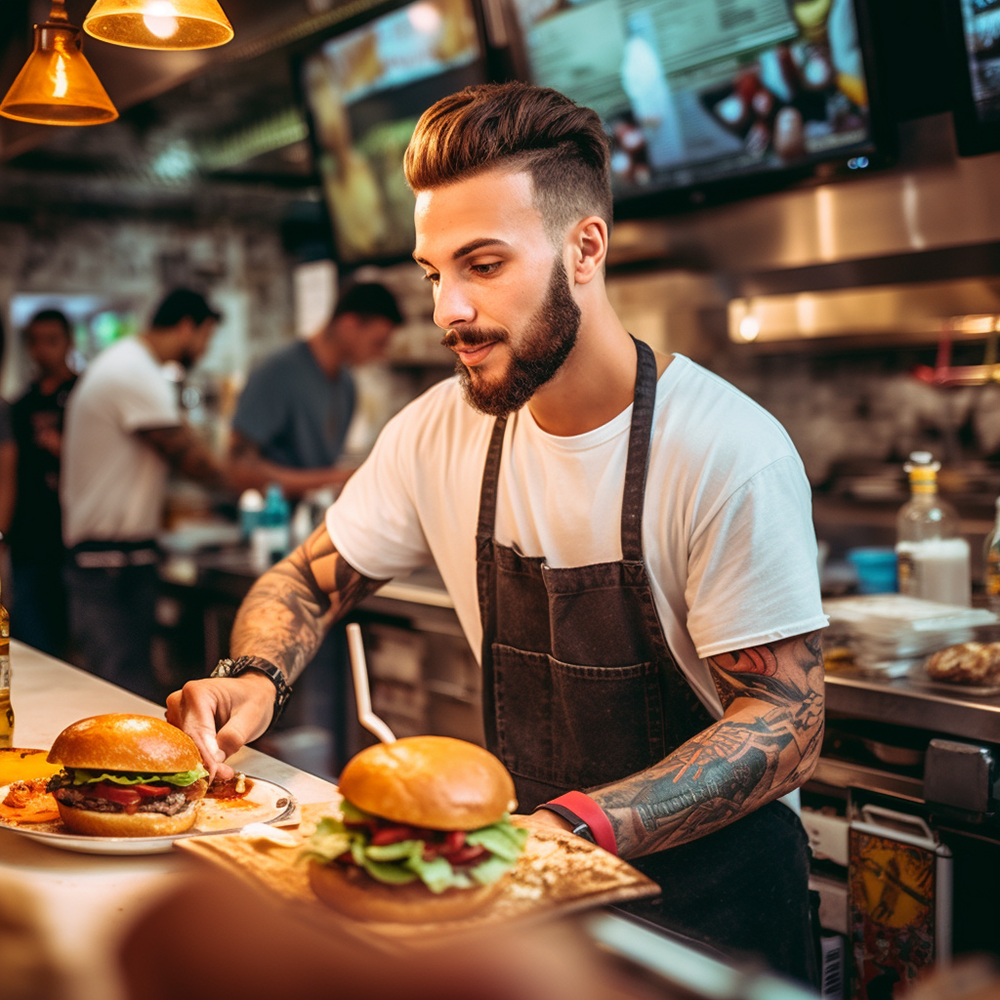




.jpg)








